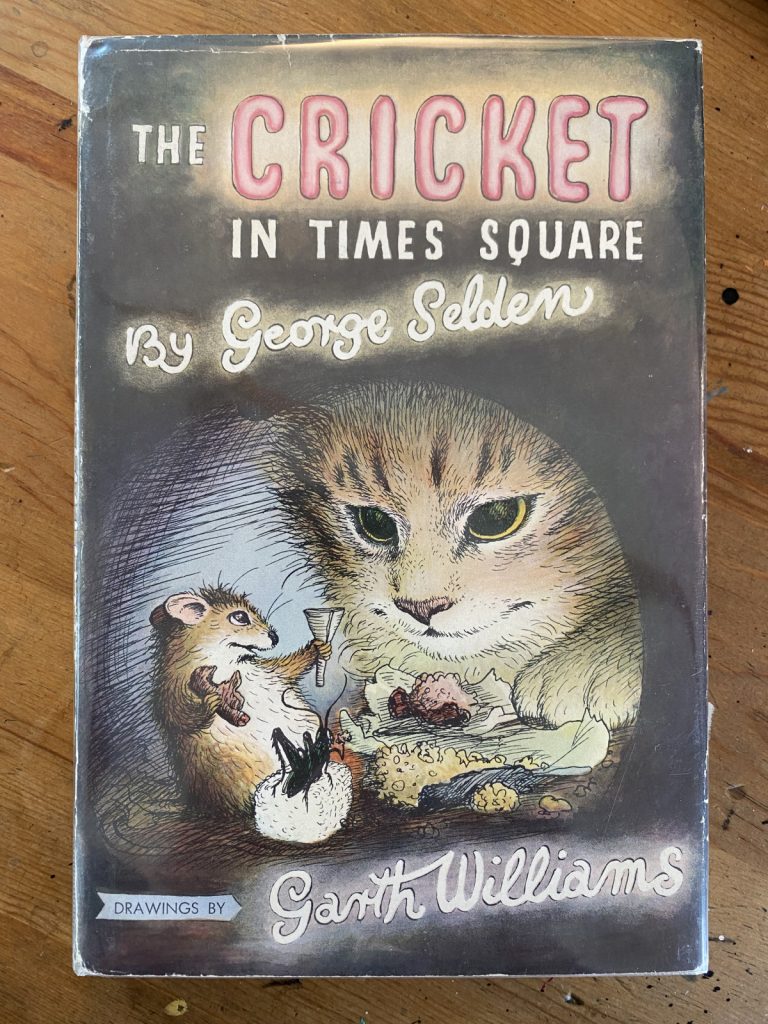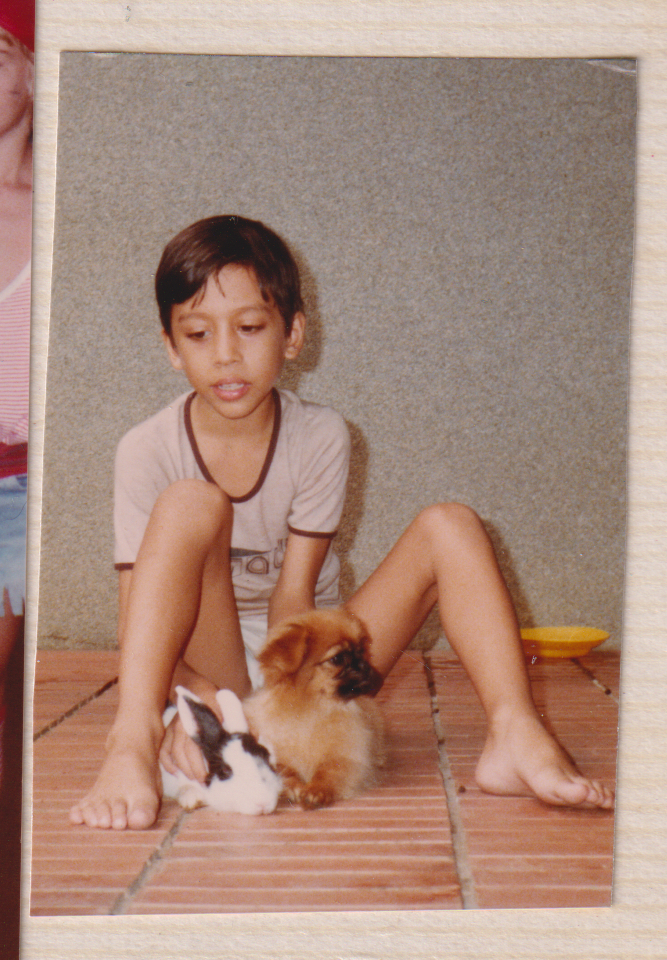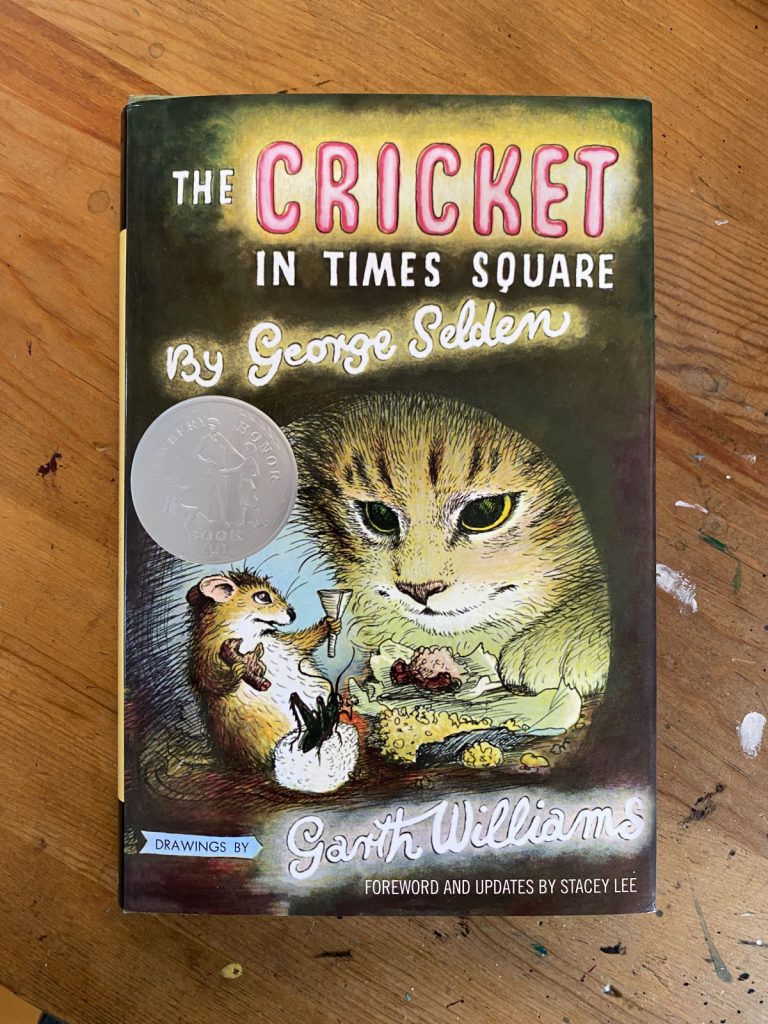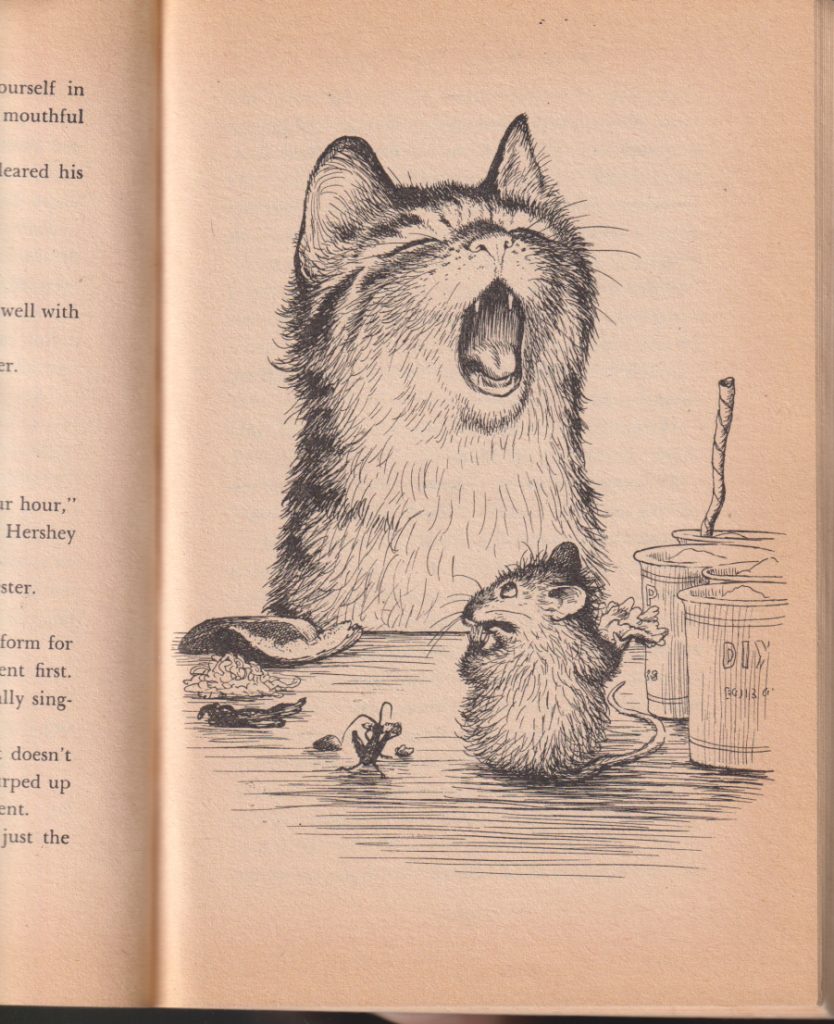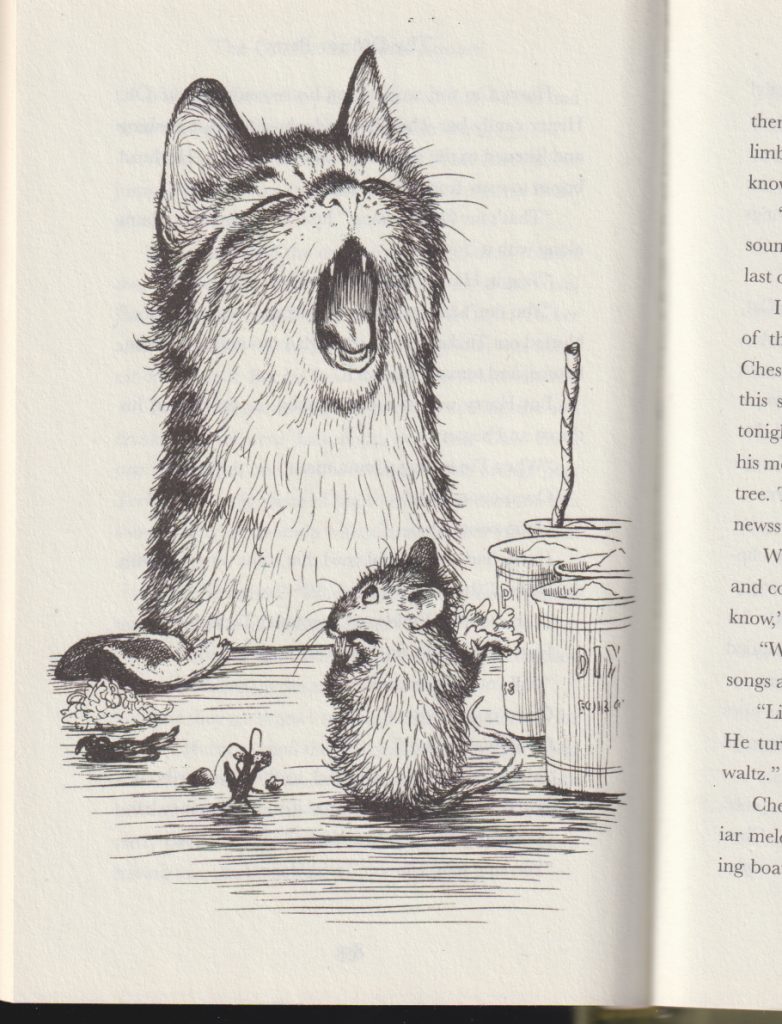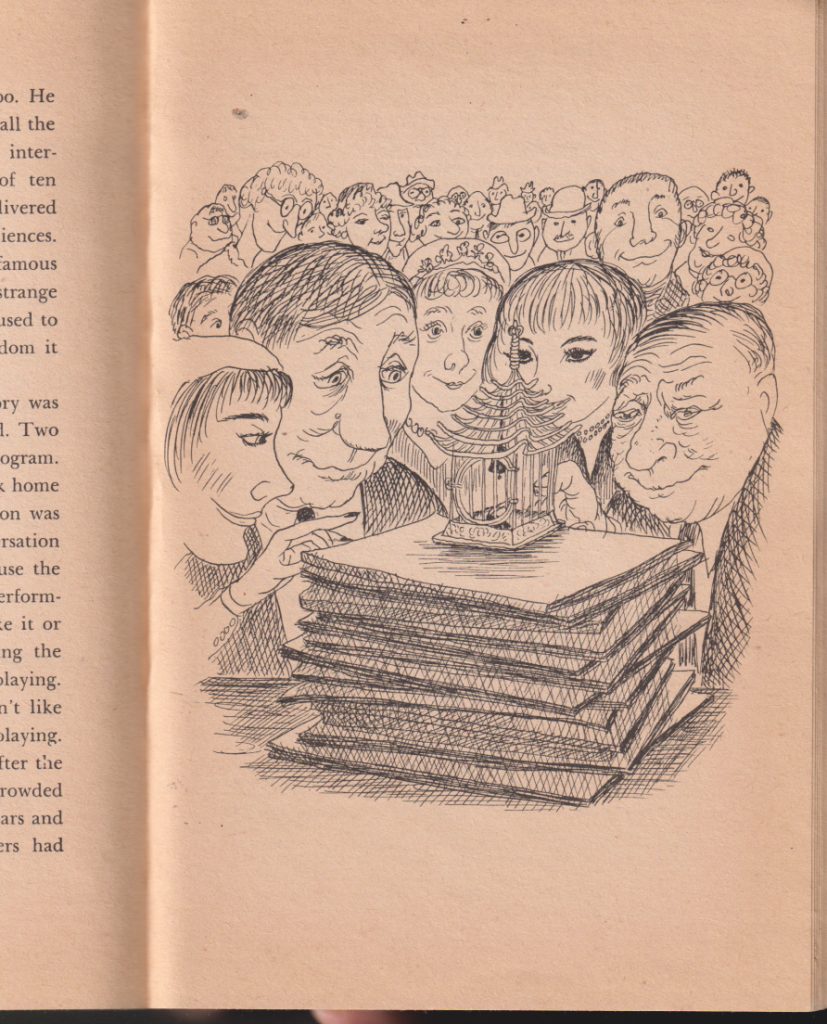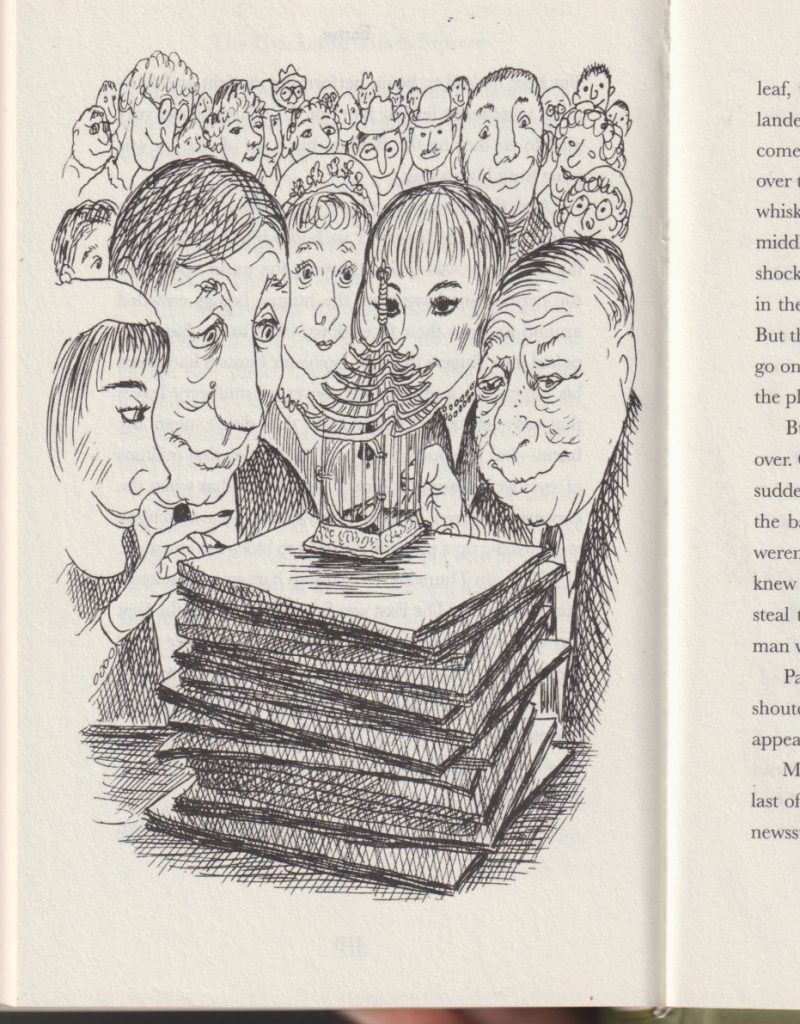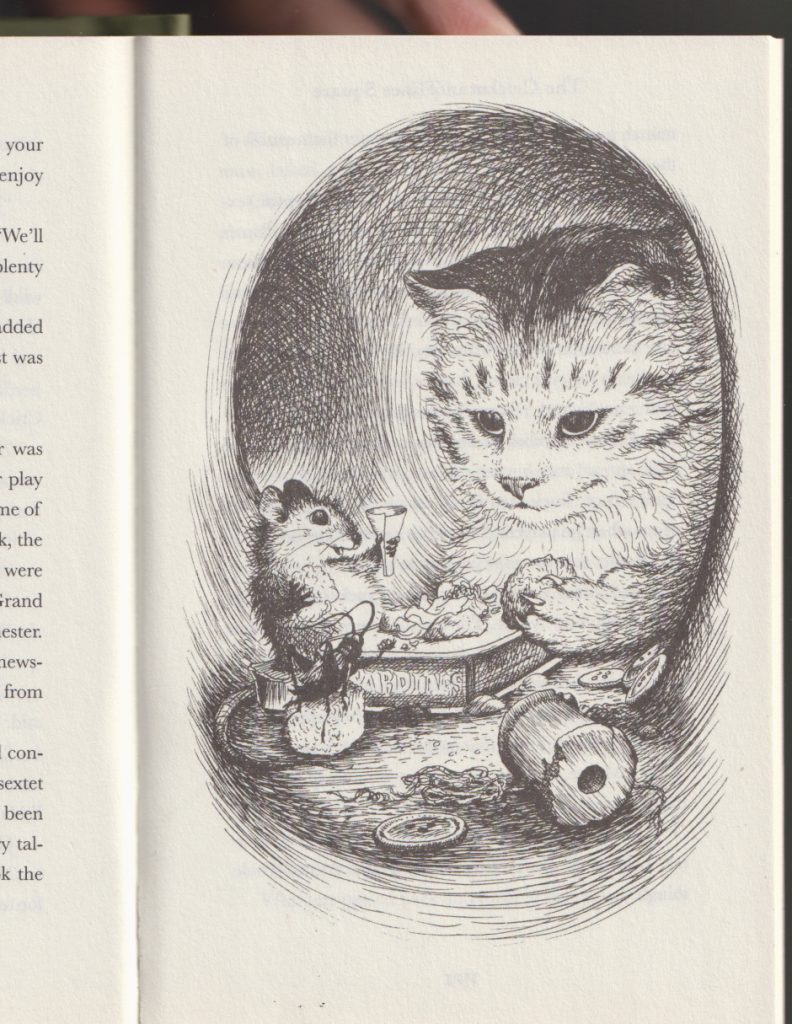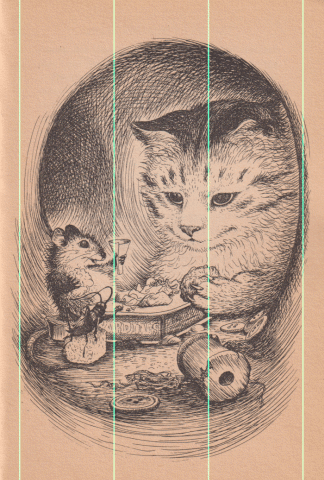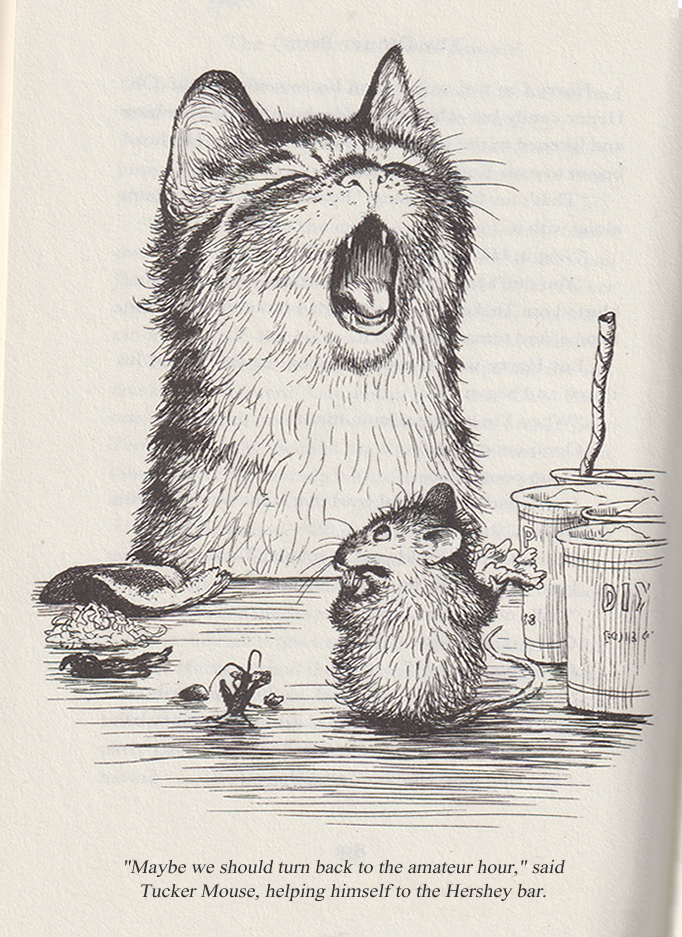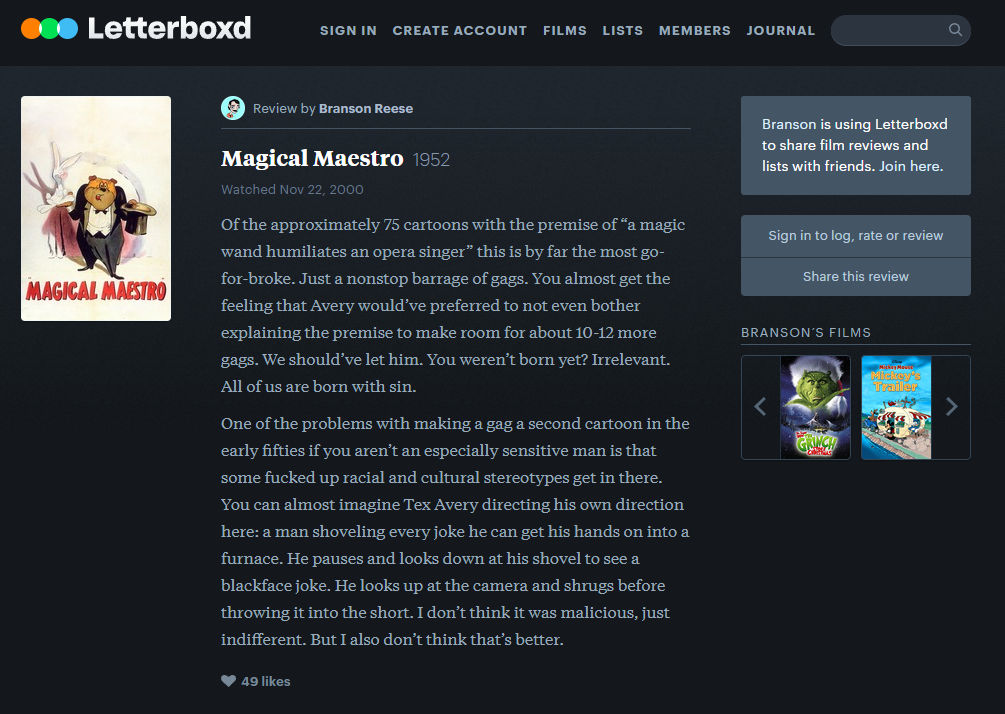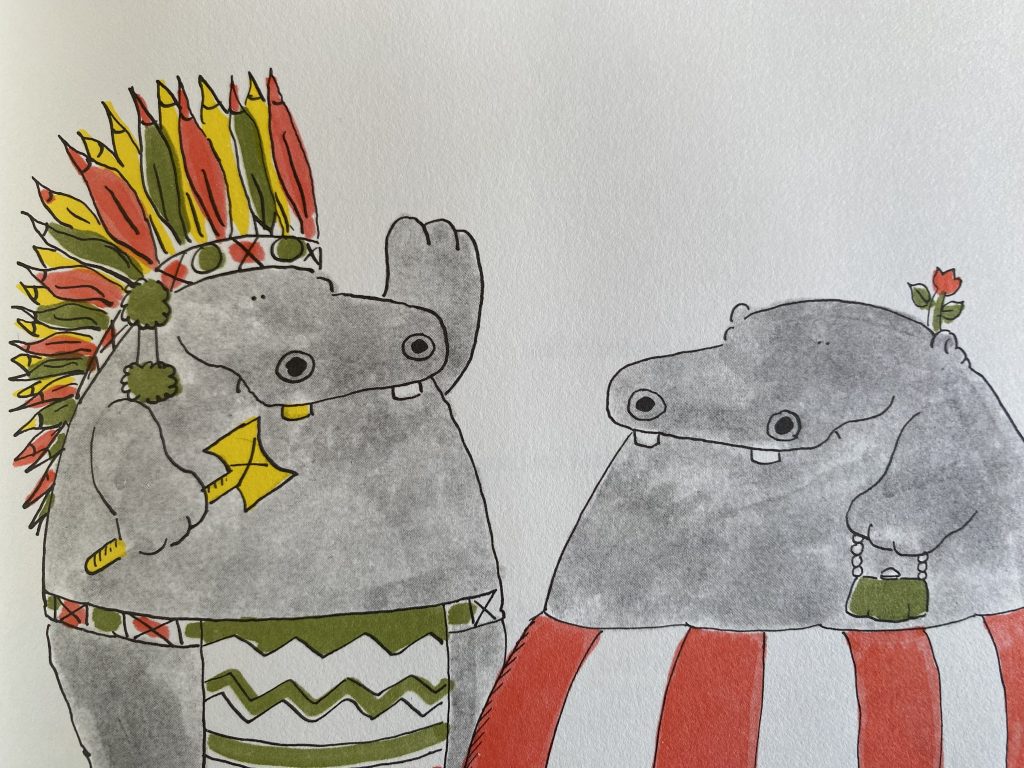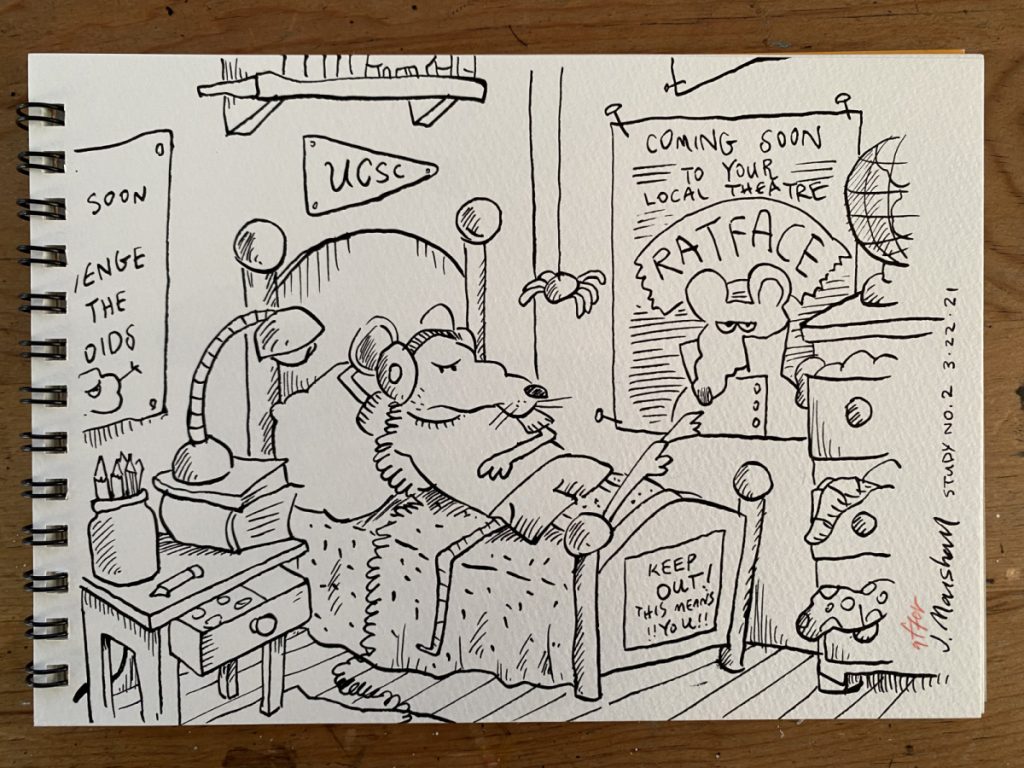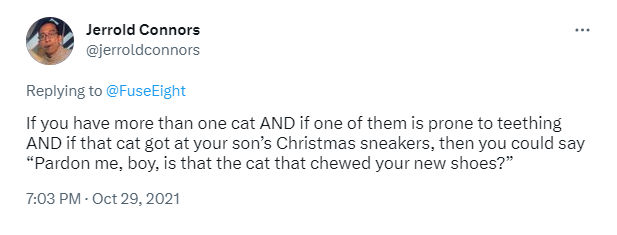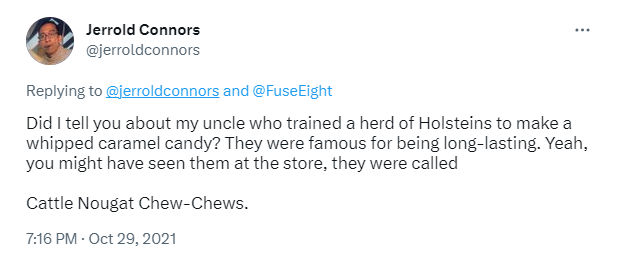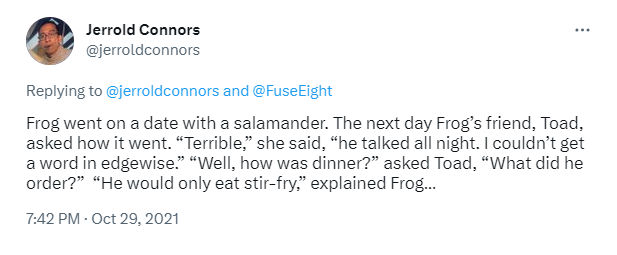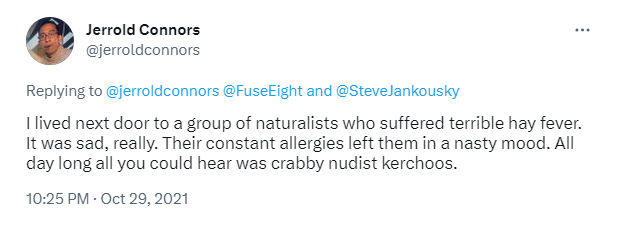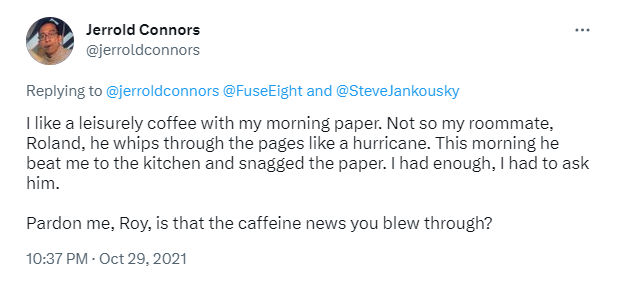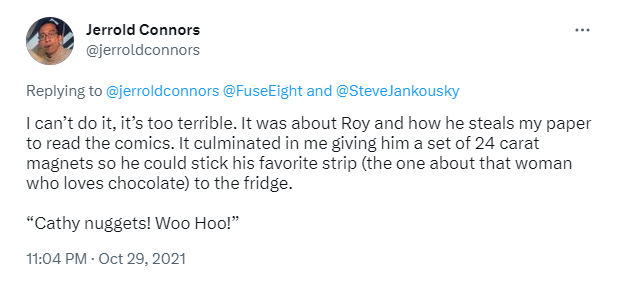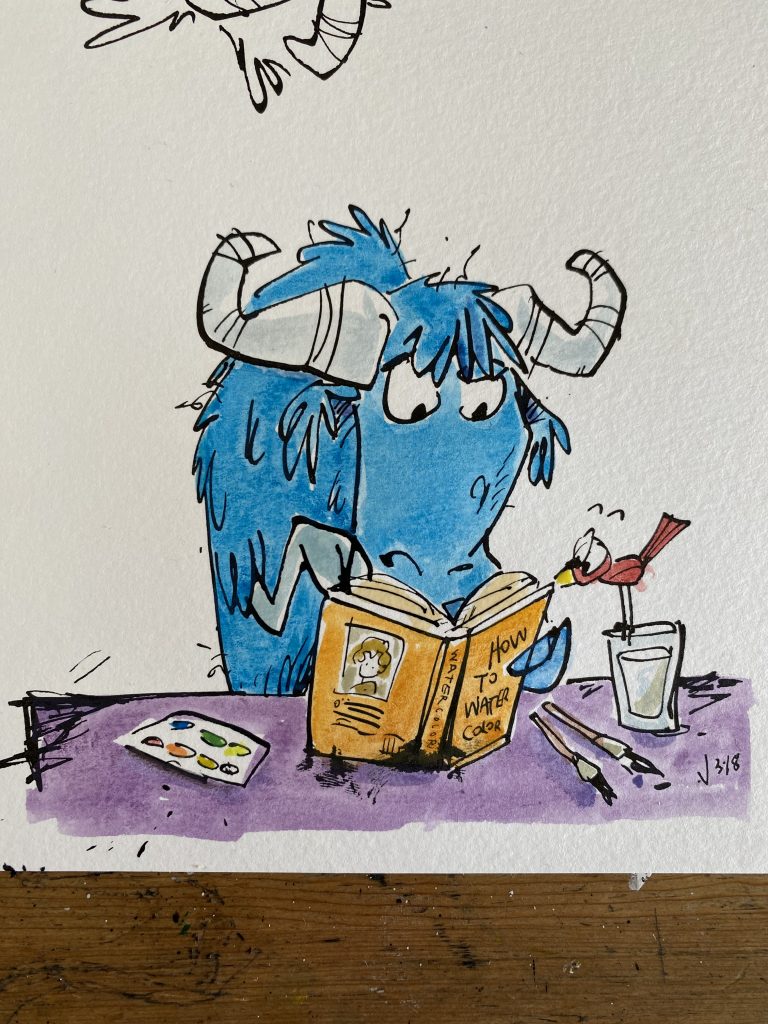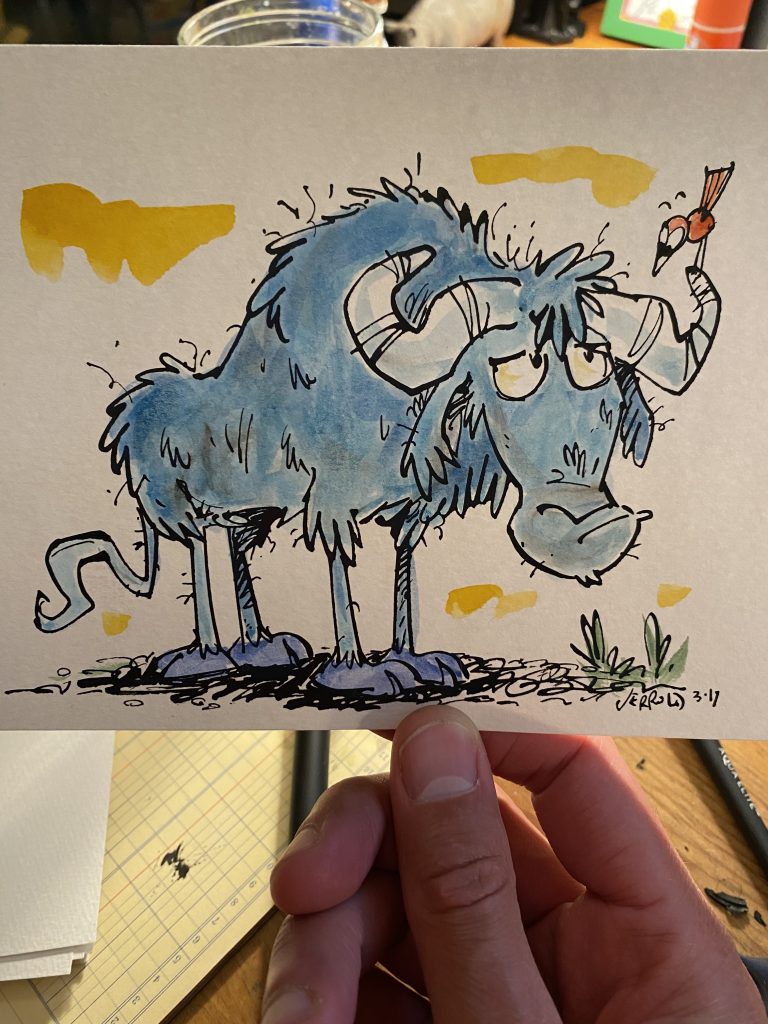These Books Kill Fascists
I picked up this book last week.
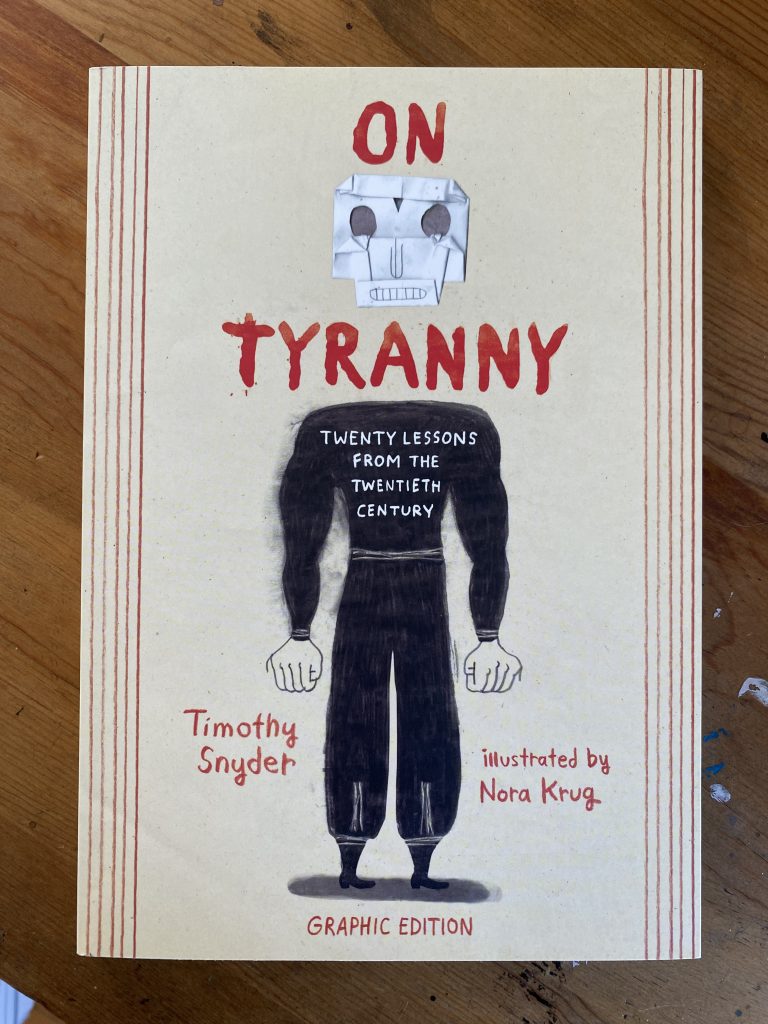
It’s an illustrated adaptation of Snyder’s ON TYRANNY: TWENTY LESSONS FROM THE TWENTIETH CENTURY and I’m thinking it should be required reading in middle school. We’re living in worrying times and in children’s books specifically, we’re in pretty dark territory. At a time when you think you’d want kids to have all the information they can have to navigate life, book banning has gone off the charts. The American Library Association reports that there were 1,269 attempted bans in 2022 (a 74% increase over 2021). I’ll admit I don’t know enough to know what happens behinds the scenes at publishing houses when the industry is faced with such a huge number of bans. In a time like this, do publishers shy away from controversial books? Do they capitulate (eg. Texas textbooks)? Or do they double down?
I would hope publishers would double down. Books are always a product of their time—the Environmental movement produced books like Bill Peet’s THE WUMP WORLD (1970) and Dr. Seuss’ THE LORAX (1971)—and in times like these I would love to see more books that straight up call out fascism. This made me wonder what picture books exist that could be called anti-fascist. I looked through my collection to see what I could find.
YERTLE THE TURTLE AND OTHER STORIES by Dr. Seuss (1958)

There’s Yertle, of course, the turtle tyrant who’s unseated by a burping commoner. Seuss did a number of anti-fascist editorial cartoons so his politics are pretty clear even without a Hitler mustache on Yertle (which, apparently, existed in an early draft).
THE BOMB AND THE GENERAL by Umberto Eco and Euginio Carmi (1989)
This book is probably more anti-war (or anti-bomb, if you consider the date) than anti-fascist, but the General in the story gets a comeuppance like Yertle. Maybe a 2/5 on the anti-fascist scale I just made up.
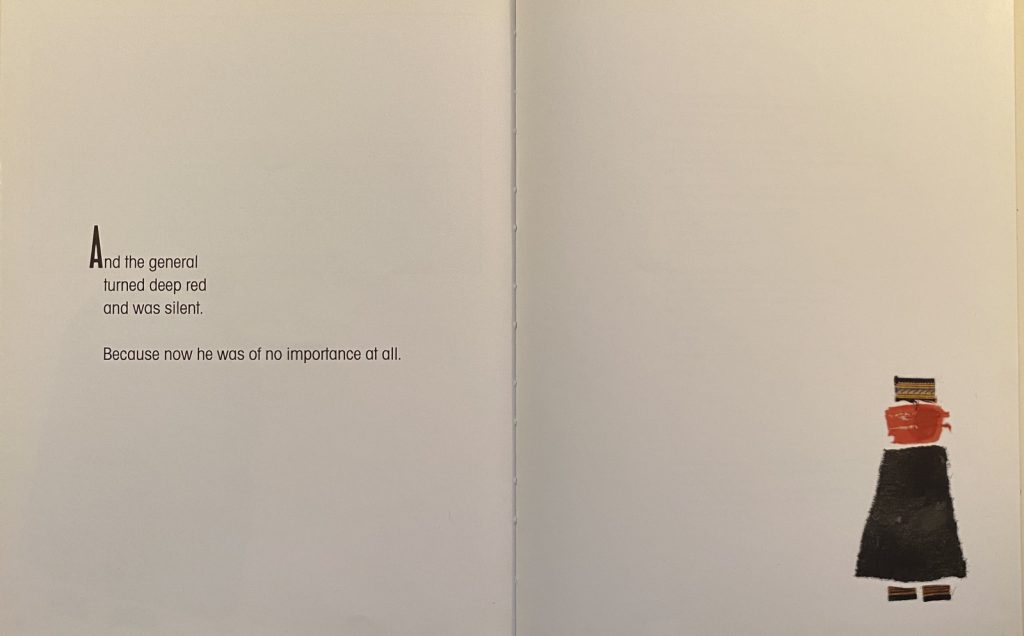
LOUIS I KING OF THE SHEEP by Olivier Tallec (2015)
Tallec’s LOUIS I KING OF THE SHEEP is definitely more anti-fascist. I mean:
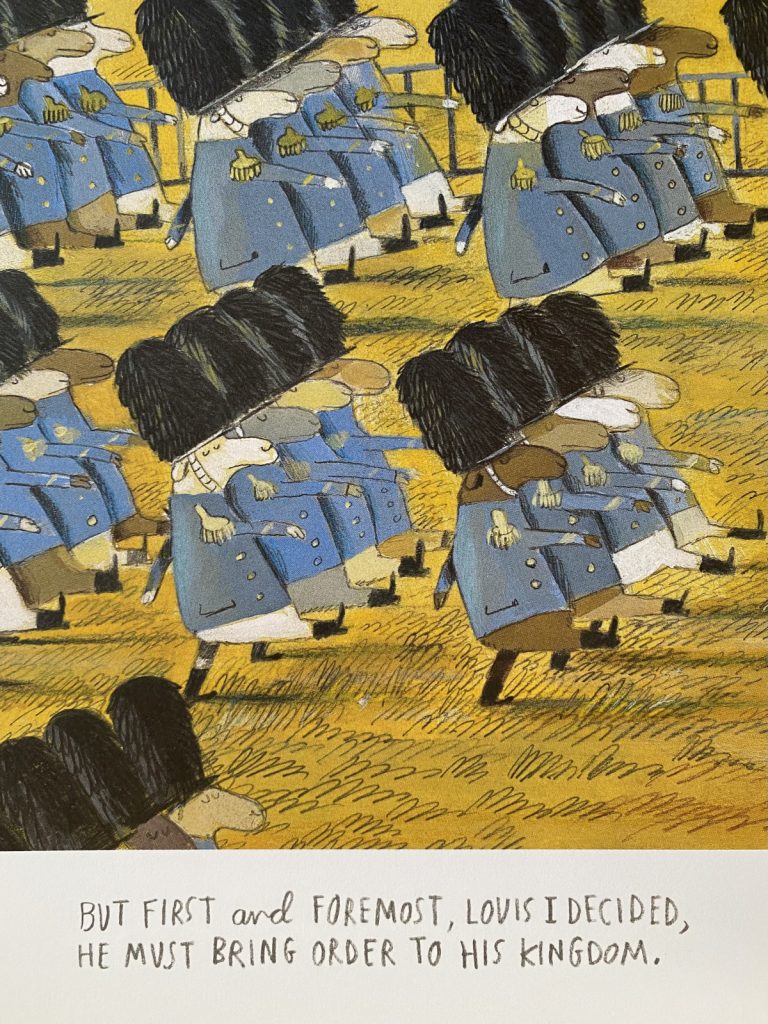
It’s a mere gust of wind that brings about Louis’ downfall, not an uprising of oppressed sheep (or even just one burping sheep). The story shows that fascist rule can be fleeting, which is a comfort, but it also ends on a dark note. The crown lands on a wolf, who approaches the herd in the final spread. Lesson: don’t normalize fascist rule, even if it’s just a sheep with delusions of grandeur.
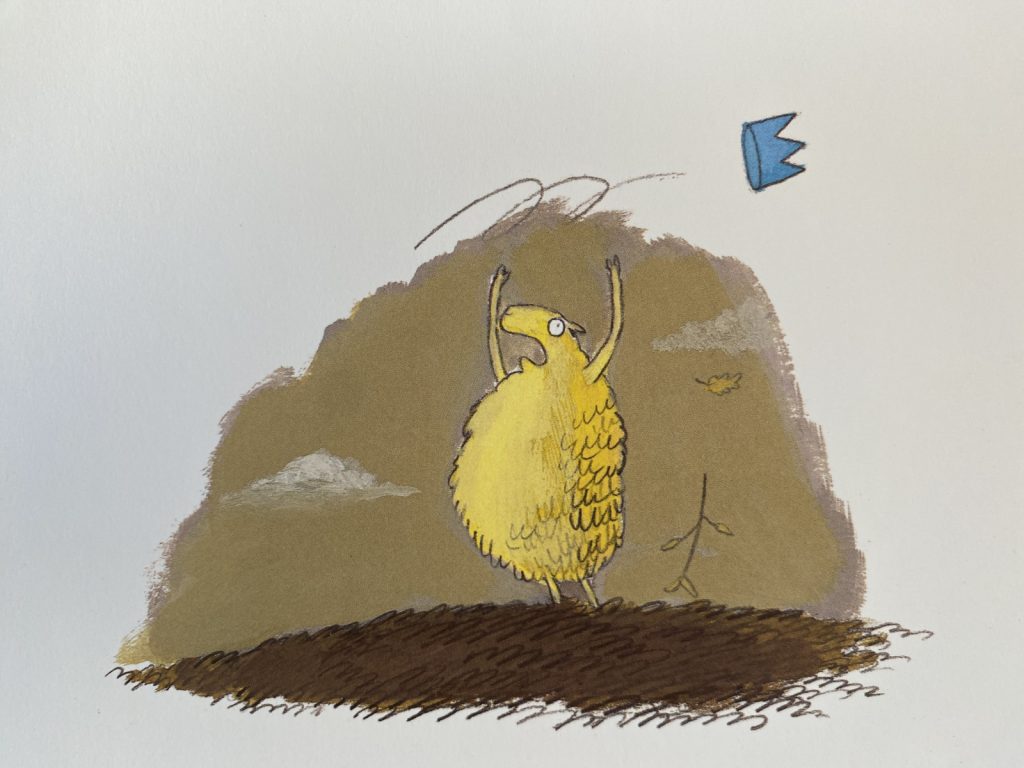
NOODLEPHANT (2019) and OKAPI TALE (2020) by Jacob Kramer and K-Fai Steele
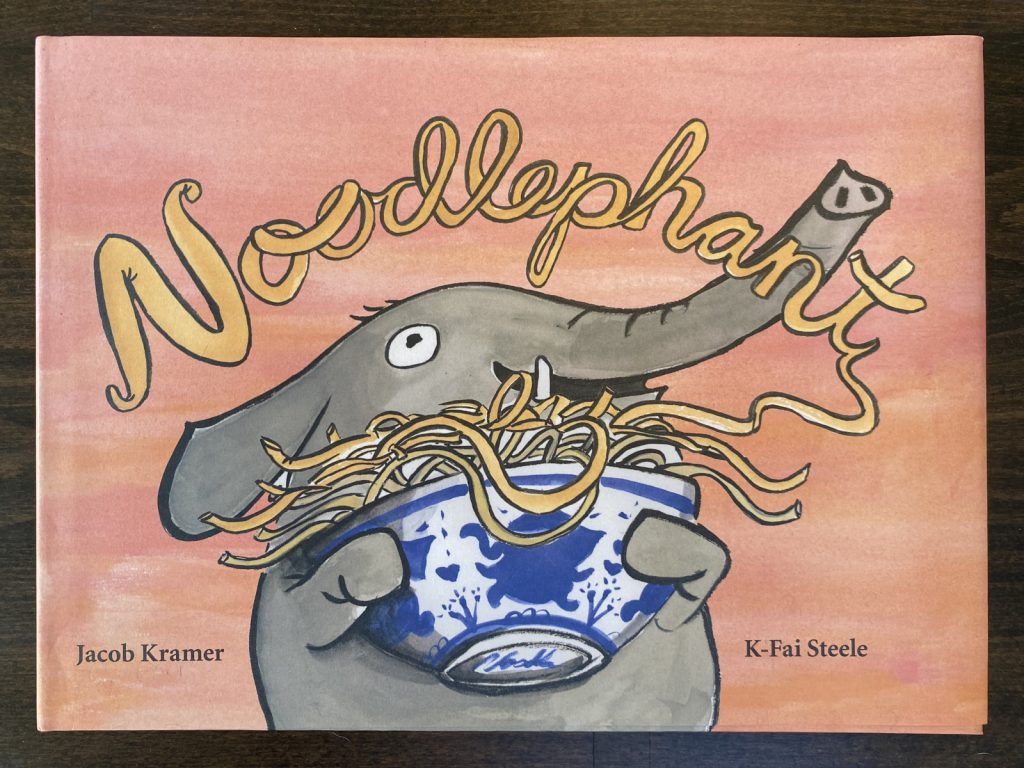
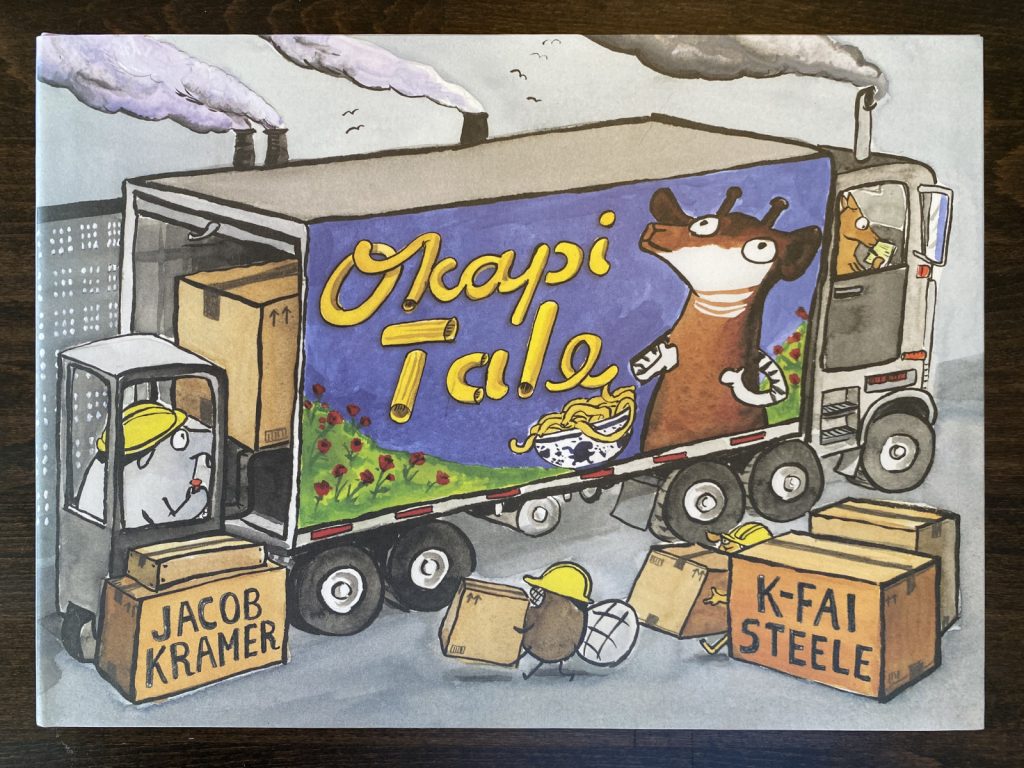
These two! NOODLEPHANT is abolitionist, OKAPI tale is anti-capitalist, but both have elements of anti-fascism. The fascists, in this case, are kangaroos who consider themselves a special class of citizen in Rooville. At the end of NOODLEPHANT, the ruling kangaroos’ book of laws is turned into a tray of lasagna which is shared with all the citizens of the town. The kangaroos are are welcomed in good faith into the animals’ new utopia and they seem content enough (it’s a really good lasagna*). But the happy ending is short lived. OKAPI TALE opens with the kangaroos missing their privilege and collaborating with an okapi(talist) to reestablish their rule.
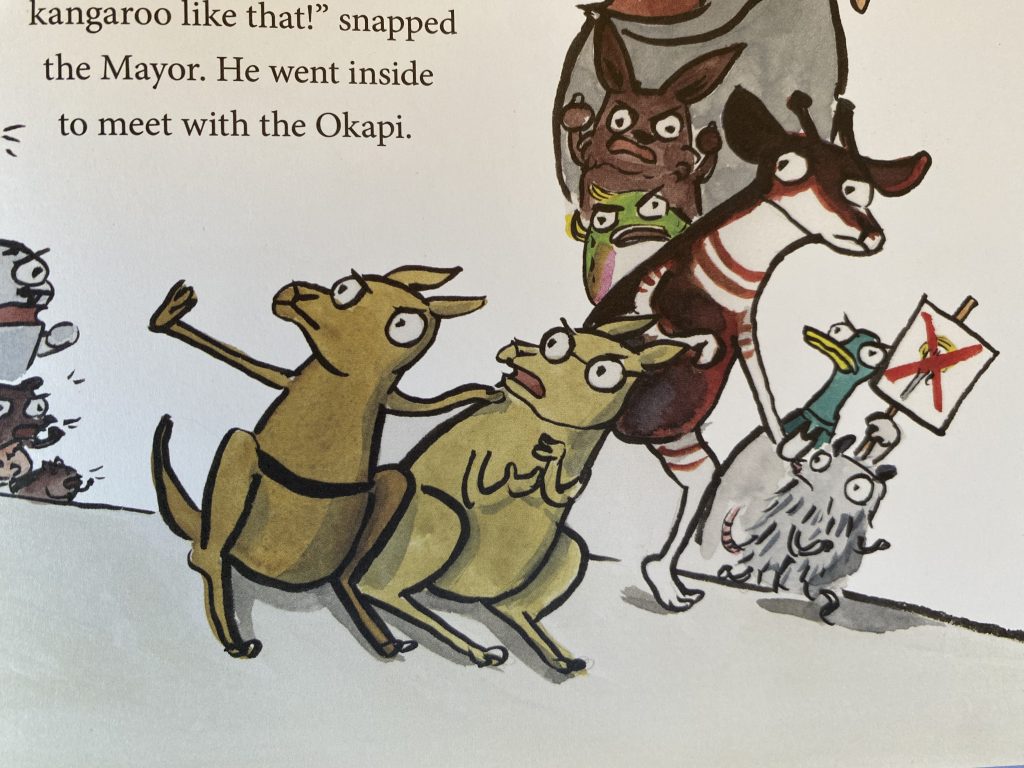
LOUIS I KING OF THE SHEEP tells us fascism is fleeting, NOODLEPHANT and OKAPI TALE tell us it’s freedom that’s fleeting.
*side note: I read NOODLEPHANT to several second grade classrooms a few years back and WITHOUT FAIL a couple kids would say “Mr. Jerrold, I’m hungry” after the description of Noodlephant’s special lasagna. The book had the same effect on me. Every. Damn. Time. Speaking of food:
ALICE’S RESTAURANT by Arlo Guthrie and Marvin Glass (1966)
This is definitely one of the more anti-fascist books I have in my collection. Granted, it isn’t really a kid’s picture book (just look at that cover), but except for some explicit language, it works like one.
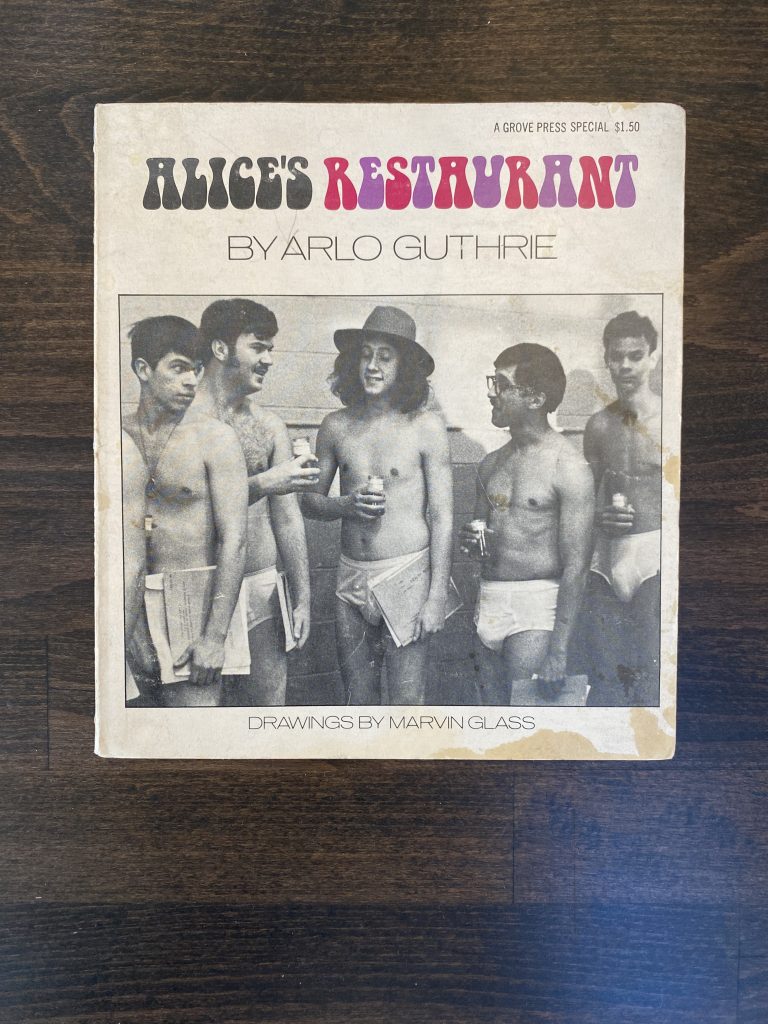
What makes ALICE’S RESTAURANT so anti-fascist? Well, it describes the dangers of living in a police state, under the expectations and demands of an arbitrarily violent government.
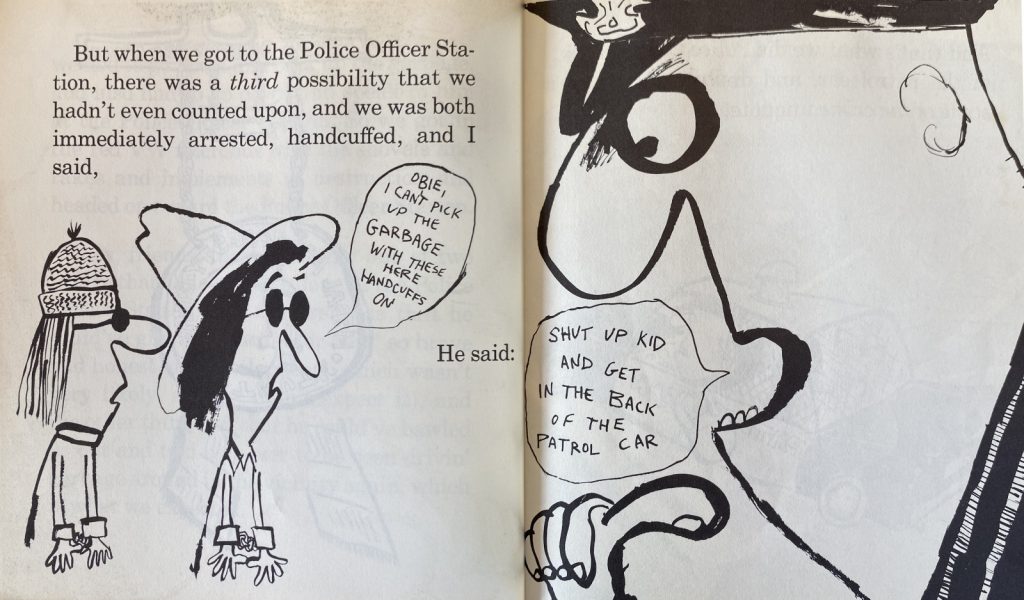
The bureaucracy in the story is dehumanizing and is so familiar that it barely feels like satire. Thankfully, ALICE’S RESTAURANT does prescribe a salvation from fascism: get friends, get naked and dance your way out of it.
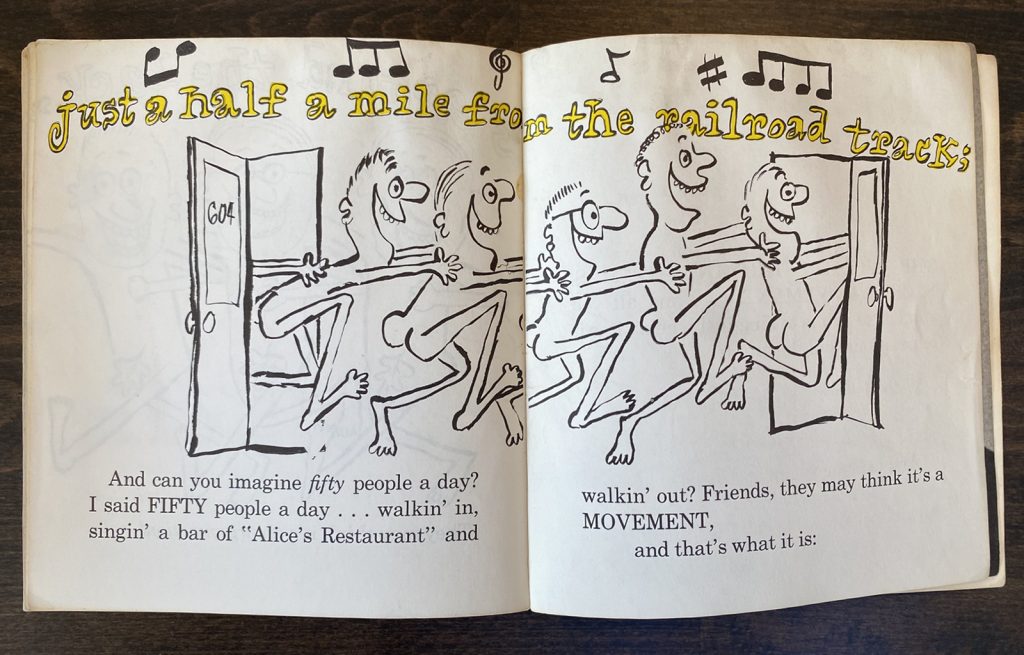
And finally, the last book:
KEEDLE, THE GREAT by Deirdre and William Conselman, Jr and Fred L. Fox adapted by Jack Zipes (2020)
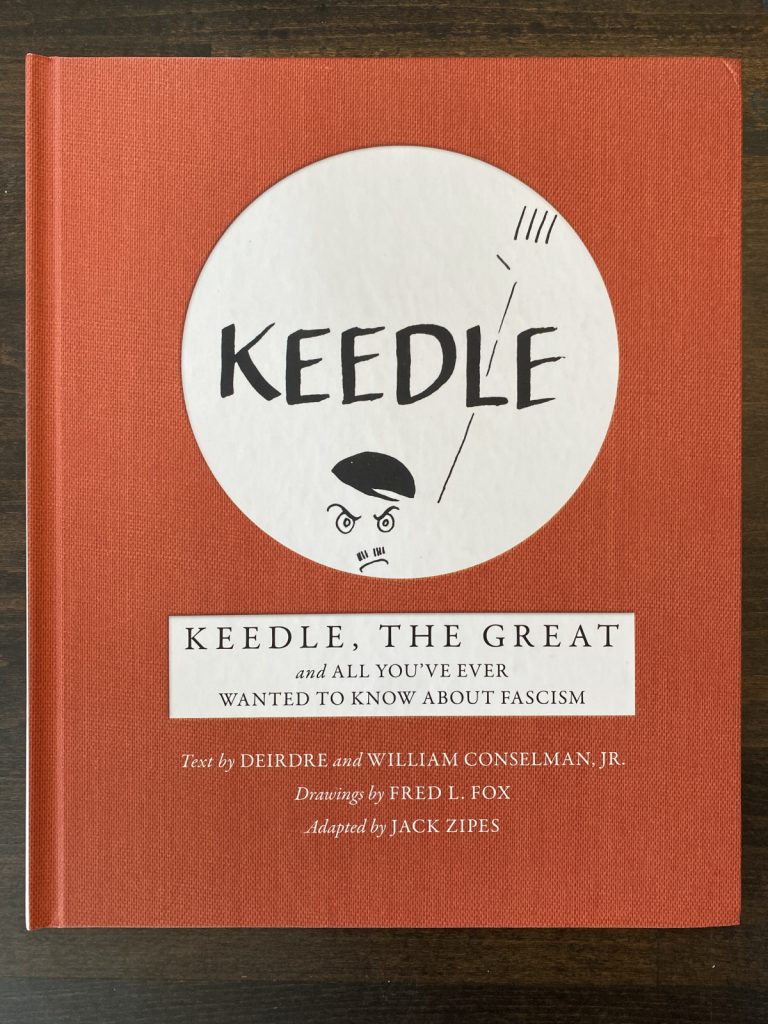
KEEDLE, THE GREAT is a recent adaptation of a book written about 80 years ago. From the book’s notes:
In 1940, two young people decided to publish a strange book with the title Keedle to give Americans hope that the world can overcome dictatorships. To them, Keedle represented more than Hitler. Indeed, he represented all the dictators in the world then and now. This book is a reminder that we have always ridiculed authoritarian regimes. When we keep the power to laugh in their faces, the bullies will shrink away as we retain our integrity and humanity.
In the story, a little sociopath named Keedle rises to greater and greater power until the world decides to laugh at him. At which point:
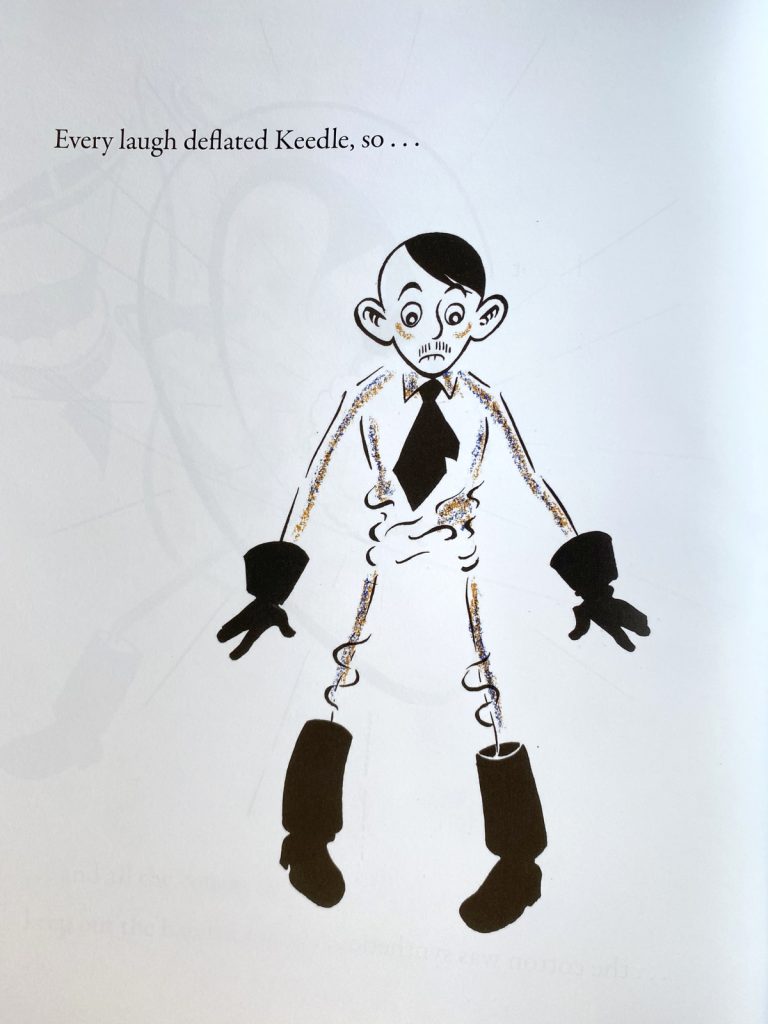
He begins to grow smaller:
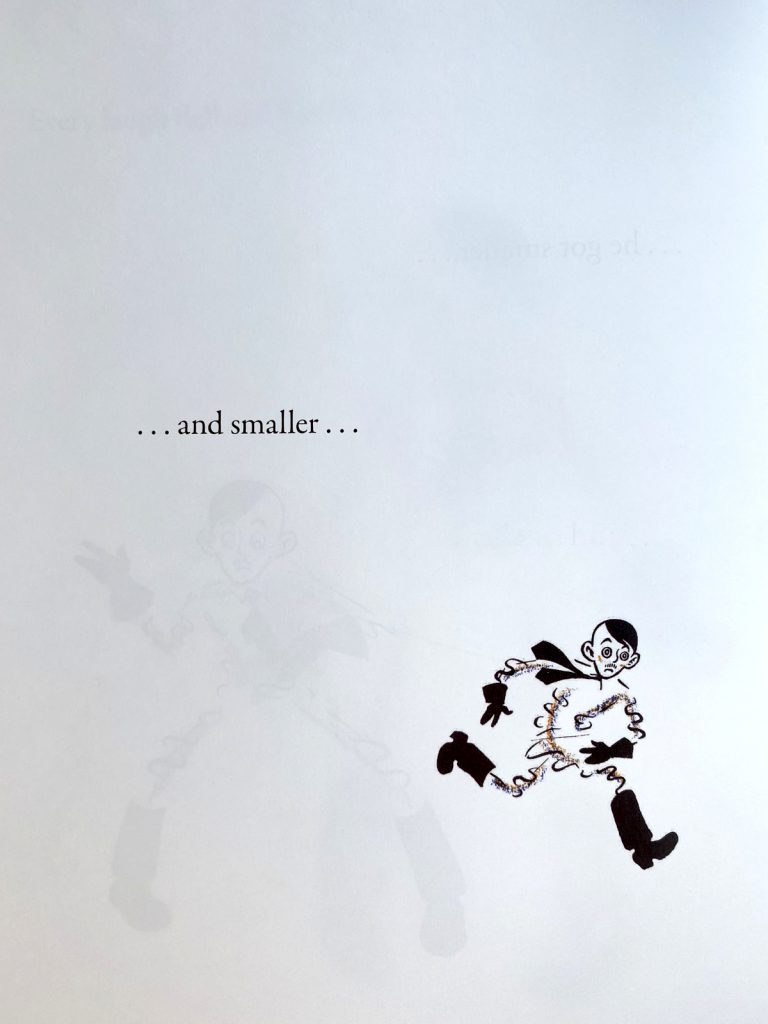
Until he can be squished like a flea:
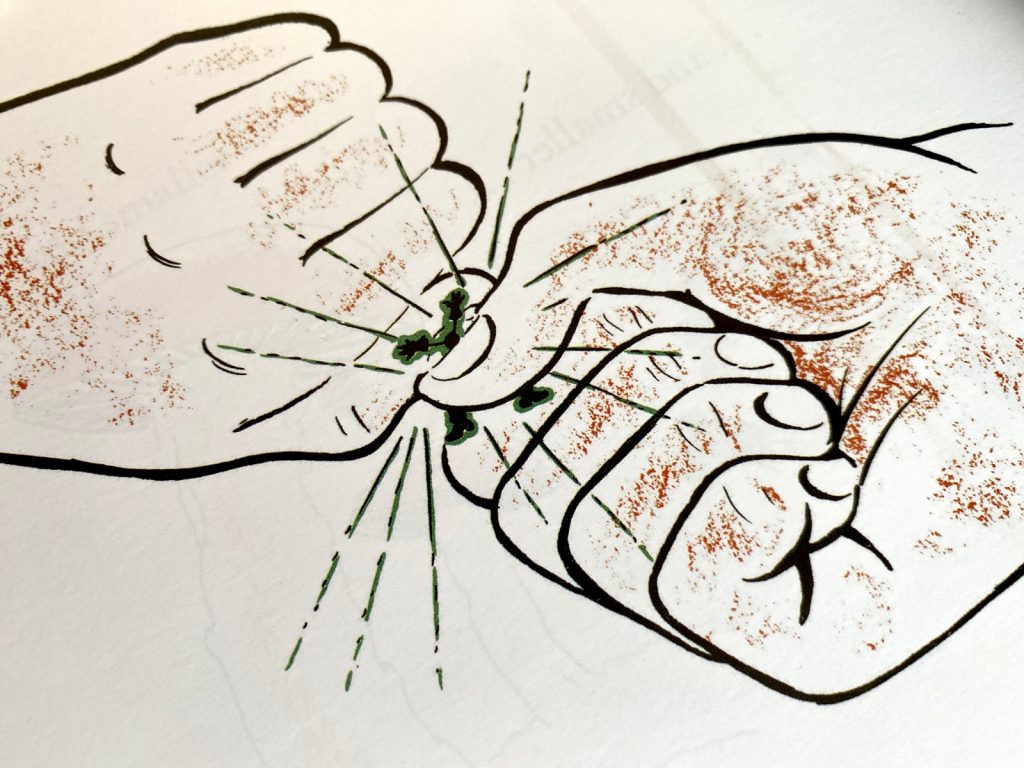
The message in Keedle: you have to take the threat of fascism seriously, but what you don’t have to do is treat a fascist with any kind of respect. Pow!
OTHER BOOKS
I suppose you could make the argument that any picture book with a subversive protagonist is antifascist and that kids, already tuned into an unjust world, will catch on. Maybe. But, personally, feeling more and more that kids are inheriting a much worse world than the one I grew up in, I’m kind of done with subtlety. I was watching HISTORY OF THE WORLD: PART II and Mel Brooks gets it right. In a skit about Hitler, the writers go to great lengths to remind you what a disgusting pile of shit Hitler was. It’s a lot harder to say “disgusting pile of shit” in a picture book, but maybe there’s a way to say book banners, climate deniers, transphobes and all those other bad actors who are hell bent on making our world worse with every passing day are, like fascists, extremely poopy.
I’ll hold on to the hope that publishers are presently making these antifascist books and look forward to them coming out in the near future. You know, before all libraries and public schools lose all their books and are shuttered permanently.

These Books Kill Fascists Read More »

